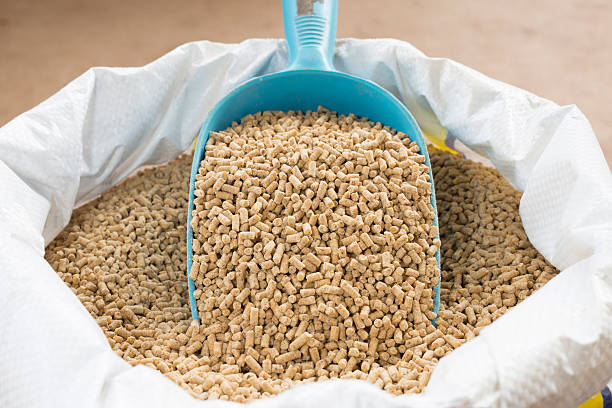The European Feed Manufacturers’ Federation (FEFAC) estimates that EU pig feed production decreased by 1.5% in 2021, due to the critical pigment situation and industry crisis.
The EU pig industry faced challenges of reduced meat demand in key export markets during 2021, owing to the sanitary import ban and the Asia-Pacific recovery from African swine fever. This, alongside the high costs for feed grains and an increase in 2020 production levels, resulted in the 1.5% decrease in 2021’s pig feed production.
FEFAC’s data shows that the countries most affected by the EU pigmeat situation were Germany, France, Portugal, Spain, Austria, Slovenia and Hungary. While the Netherlands and Belgium have continued the depopulation of their pig herds, to lower their agricultural environmental emissions.
In their 2022 market outlook, FEFAC also disclosed that it expects the EU pig sector to further reduce its activities due to the high cost of feed materials and lower market demand; FEFAC members are estimating that the EU pig feed production will reduce a further 4.2% in this year.
The total EU compound feed production for farmed animals in 2021 was estimated at 150.2 million tonnes, which is an increase of 0.03% compared to the 2020 data provided by FEFAC members. All sectors, other than the pig feed sector, also either stabilised or slightly increased in their production levels in 2021, despite the COVID-19 pandemic, global grain market rally, supply chain disruptions and spread of animal diseases.
The EU poultry feed sector increased its production by 1.1% compared to the previous year, while cattle feed production increased by 0.2% – with an increase in production in Ireland, Bulgaria and Austria (6%),
However, regardless of 2021’s overall increase in farmed animal feed production, FEFAC estimates that overall industrial compound feed production will decrease 2.9% in 2022 – a drop in 4.3 million tonnes from 2021.
FEFAC acknowledges the Russian aggression in Ukraine as a significant factor in the proposed production fall. As ‘the immediate loss of feed maize, sunflower meal and other materials from Ukraine and Russia will only be partially compensated by increased feed imports (mainly) from the US and Canada’.
For FEFAC’s full 2021 report and 2022 market outlook, visit: fefac.eu/newsroom/news/eu-compound-feed-production-in-2021-market-outlook-2022/.




